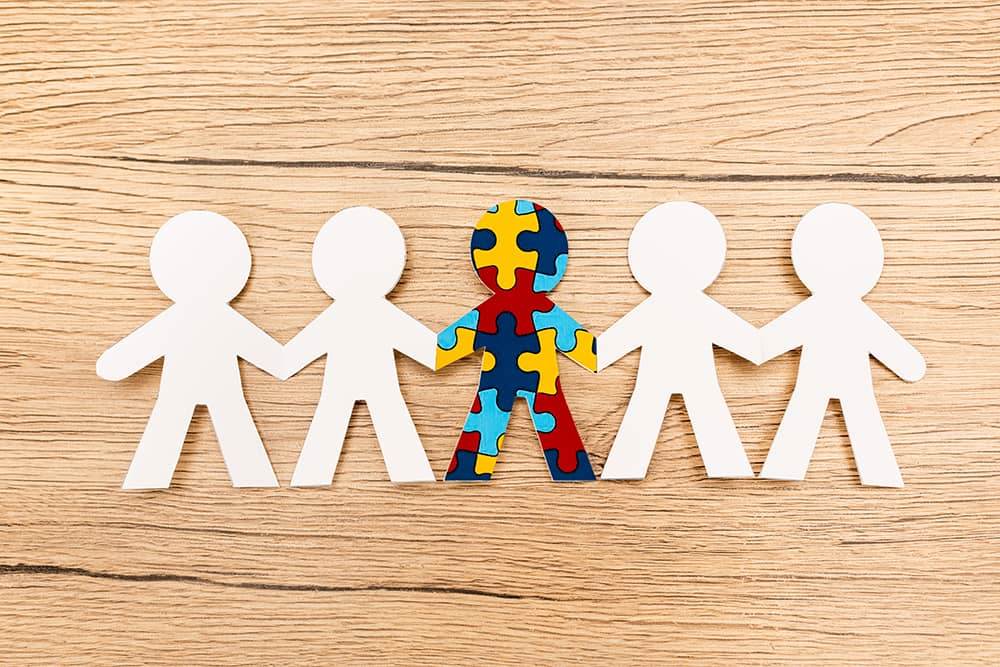
Reading Time: minutes
The pandemic has uncovered underlying problems and areas to improve in the workplace. The threats of the virus have shifted the focus to providing better spaces for employees, urging landlords and property owners not only to provide a safe, but also healthy office. As the pandemic presents an opportunity for different industries to build a better normal, KMC ends this year’s Disability Pride Month by opening the discussion on the importance of designing more inclusive workplaces and spaces for Filipinos with special needs and different abilities.
What does Inclusivity in the Workplace look like?
Over the years, the stereotypical view a of the words ‘disability’ or ‘PWD’ are associated with physical disabilities that hinder them from working in a ‘normal’ office set up. However, advocates of inclusion argue that the ‘reality is that a disability or impairment may be quite subtle, and it may not be permanent’, in some cases.
As more companies decentralize their organizational structures and offer more flexibility in working, more people with disabilities can benefit from equity, and inclusion. An inclusive workplace fosters a work environment wherein every employee will feel valued and acknowledging differences and contribution to the organization’s culture and business outcomes. Having an inclusive workplace promotes diversity.
The 7 Principles of Inclusive Workplace Design
“Universal Design”, a concept originally coined by Ronald L. Mace, identifies seven areas of improvement that offices and workplaces can apply to be more inclusive for people with special needs.
RELATED: Designing A More Inclusive Workplace For PWDs
While most establishments and commercial developments today are already designed to meet standards set for the safety and security of their tenants, advocates for inclusivity express that these regulations only establish a baseline. Inclusive spaces are moving toward the seven principles of universal design formulated in 1997 by an N.C. State committee, led by Mace.
- Equitable use: The design is useful and marketable to people with diverse abilities.
- Flexibility in use: The design accommodates a wide range of individual preferences and abilities.
- Simple and intuitive use: Use of the design is easy to understand, regardless of the user’s experience, knowledge, language skills or current concentration level.
- Perceptible information: The design communicates necessary information effectively to the user, regardless of ambient conditions or the user’s sensory abilities.
- Tolerance for error: The design minimizes hazards and the adverse consequences of accidental or unintended actions.
- Low physical effort: The design can be used efficiently and comfortably and with a minimum of fatigue.
- Size and space for approach and use: Appropriate size and space is provided for approach, reach, manipulation, and use, regardless of the user’s body size, posture or mobility.
Landlords and property owners have an opportunity to design an inclusive workplace for their employees and create a safe and secured environment while protecting tenants against the virus.
In the new normal, the office remains relevant as the core of an organization. While the traditional workplace has always been represented by a ‘physical space’, the workplace can also be a ‘living, breathing organism’ that continuously adapts and evolves to a more inclusive and welcoming environment for all.
Every July, we celebrate the International Disability Pride Month to raise more awareness and inspire change for a better normal. As one of the leading commercial real estate brokerage and consultancy firms in the Philippines, KMC takes a stand towards inclusion in the workplace and advocates for more inclusive spaces in the Philippines.

